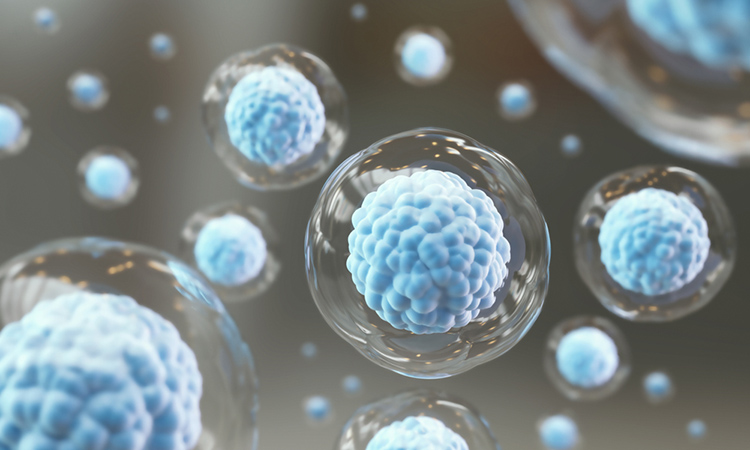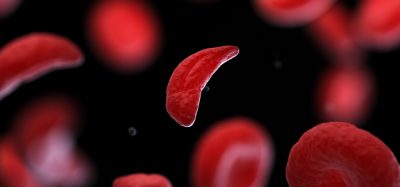Decoding stem cells for personalised regenerative medicine
Posted: 2 January 2024 | Taylor Mixides (Drug Target Review) | No comments yet
Researchers developed a personalised stem cell therapy using a data-driven, single-cell technique based on swift subcellular proteomic imaging.


In research published in Scientific Reports,1 investigators focused on mesenchymal stem cells (MSCs), known for their potential in treating cell defects and regulating immune responses. Through a series of experiments, they successfully developed a personalised stem cell therapy using a data-driven, single-cell technique based on swift subcellular proteomic imaging.
In two papers from the lab of Ahmet F Coskun, a Bernie Marcus Early Career professor in the Coulter Department of Biomedical Engineering at the Georgia Institute of Technology and Emory University, researchers examined a specific type of stem cell with an intracellular toolkit to determine which cells are most likely to create effective cell therapies.
“We are studying the placement of organelles within cells and how they communicate to help better treat disease,” said Coskun. “Our recent work proposes the use of an intracellular toolkit to map organelle bio-geography in stem cells that could lead to more precise therapies.”
Forging the toolkit for subcellular omics
Cellular components known as organelles, consisting of RNA and protein, exert vital influences on human wellbeing and ailments by sustaining equilibrium, managing growth and ageing, and producing energy. Apart from variations across cell types, organelle diversity also occurs within individual cells. Scrutinising these distinctions aids scientists in comprehending cellular operations, thereby fostering enhanced therapeutic approaches for diverse diseases.
Subsequently, the scientists employed a high-speed multiplexed immunofluorescence method, employing specialised antibodies to selectively label distinct organelles. By illuminating these antibodies, they tracked the emitted wavelengths and signals to construct visual representations, or maps, of diverse cells. These maps facilitated the examination of organelle contacts and spatial distribution within similar cell types, aiding in the identification of optimal cell types for treating specific diseases.
“Usually, the stem cells are used to repair defective cells or treat immune diseases, but our micro-study of these specific cells showed just how different they can be from one another,” explained Coskun. “This proved that patient treatment population and customised isolation of the stem cells’ identities and their bioenergetic organelle function should be considered when selecting the tissue source. In other words, in treating a specific disease, it might be better to harvest the same type of cell from different locations, depending on the patient’s needs.”
Significance of RNA-RNA proximity
Expanding on the reasons for this, Coskun pointed out that “the physical interactions between molecules create life; therefore, the physical locations and proximity of these molecules play important roles.
“We created an intracellular toolkit of subcellular gene neighbourhood networks in each cell’s different geographical parts to take a closer look at this.”
The experiment comprised two components: computational methodology development and laboratory experiments. Researchers examined published datasets and used an algorithm to cluster RNA molecules based on their physical proximity, employing a “nearest neighbour” approach to determine gene groupings. In the lab, they labelled RNA molecules with fluorescent markers, enabling them to easily locate them within individual cells. Through this process, they extracted various characteristics from the distribution of RNA molecules, gaining insights into the likelihood of genes being present in similar subcellular locations.
“We are expanding the toolkit for the subcellular spatial organisation of molecules – a ‘Swiss army knife’ for the subcellular spatial omics field, if you will,” revealed Coskun. “The goal is to measure, quantify, and model multiple independent but also interrelated molecular events in each cell with multiple functionalities. The end purpose is to define a cell’s function that can achieve high energy, Lego-like modular gene neighbourhood networks and diverse cellular decisions.”
References
- Venkatesan M, Zhang N, Marteau B, et al. Spatial subcellular organelle networks in single cells. Scientific Reports [Internet]. 2023 Apr 1;13(1):5374. Available from: https://www.nature.com/articles/s41598-023-32474-y
Related topics
Precision Medicine, Proteomics







